A surfboard should last between 5 and 10 years, but some can last more than 20 if they are durable and well taken care of. Of course, if you use your surfboard often and don’t take care of it, it won’t last more than a few years.
The lifespan of a surfboard depends on the type of surfboard. Soft-tops, poly (PU), and epoxy surfboards are all made of different materials. Soft-tops and epoxy boards are quite durable and should last 5 to 10 years or longer.
| Type of Surfboard | Lifespan (years) |
| Soft-top (aka foamie) | 5 – 10+ |
| Polyurethane (traditional construction) | 5 – 10 |
| Epoxy | 10 – 15+ |
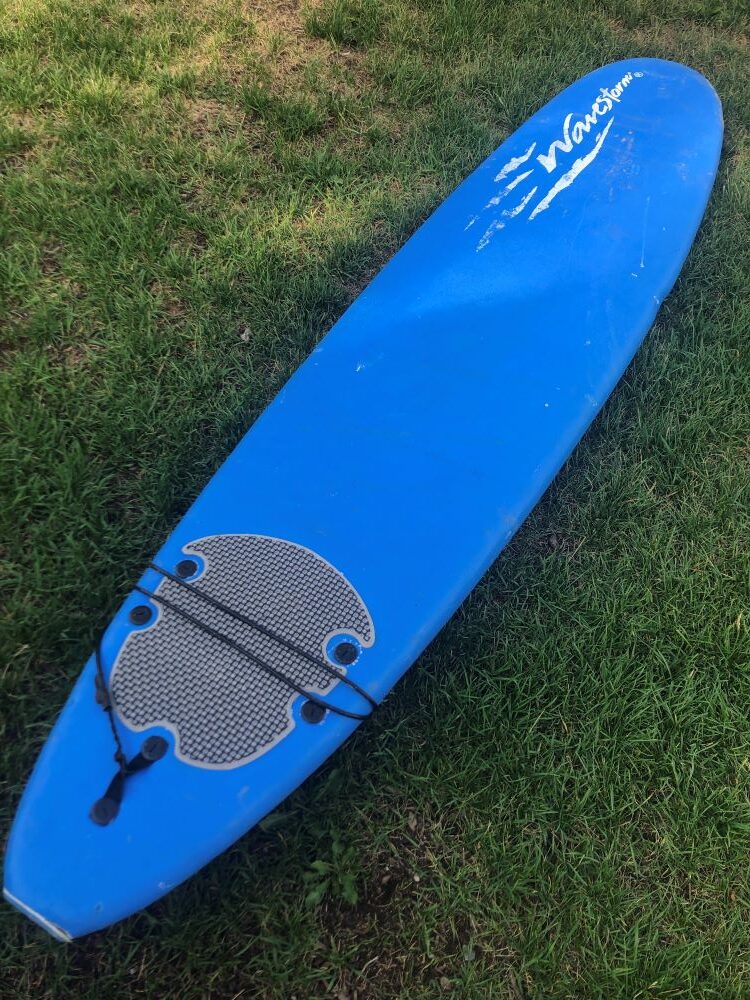
How long does a soft-top surfboard last?
Soft-top surfboards should last 5 years at a minimum and more than 10 years with proper care. Soft-top surfboards, also known as foamies, are great for true beginners learning how to surf. I still own the same soft-top I learned to surf with 8 years ago. Sure, it is a little beat up, but it is still fully functional.
Types of damage to a soft-top surfboard
Although fairly durable, soft-tops will acquire damage over time and with regular use. Soft-tops can get dings, a sort of chip in the foam. Also, the seams where the foam rails connect to the plastic bottom can separate. These sorts of damage can and should be repaired.
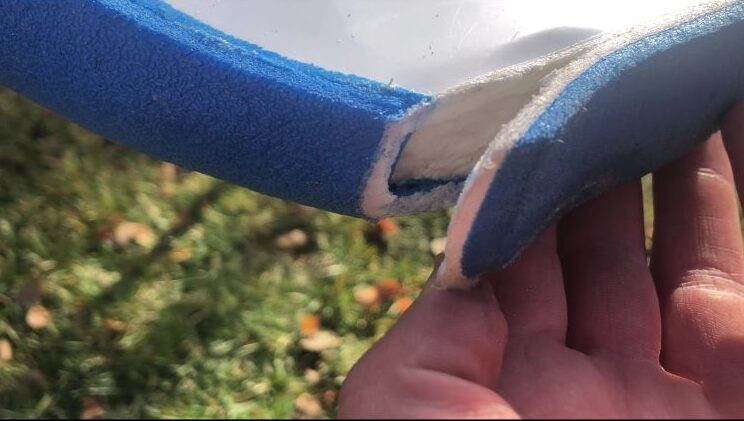
How long does a hard-top surfboard last?
Hard-top surfboards are different from soft-tops. There are two main types of materials used for hard-top surfboards. In simple terms, they are known as poly or PU and epoxy. You may want to learn more about the different types of surfboard materials.

Epoxy surfboards are more durable than PU boards and therefore will usually last longer. That said, it really depends on multiple factors.
How long does a poly (PU) surfboard last?
A PU surfboard should last between 5 and 10 years. PU surfboards are generally cheaper than epoxy, but they are more fragile and typically don’t last as long. The polyester resin used on PU boards becomes brittle over time, especially with exposure to sun.
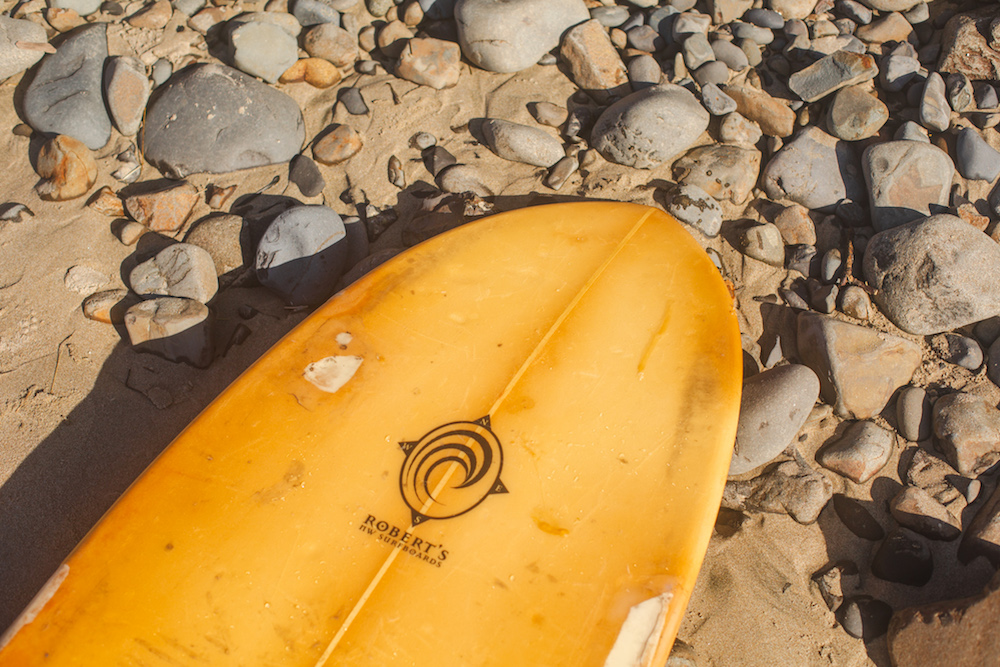
If you own a PU surfboard, you should expect dings over time. All surfboards will get damaged at some point, even if you are super careful. Make sure you repair the ding to be watertight or your board will become useless.
Types of damage to a poly surfboard
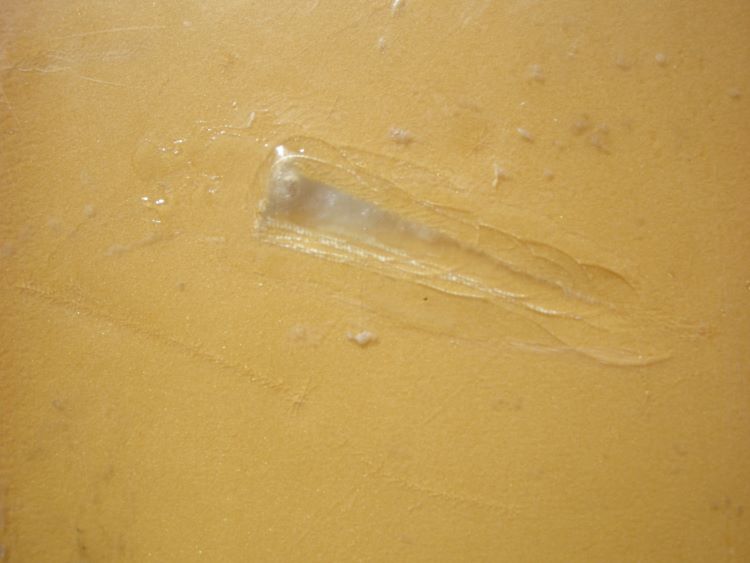
A polyurethane core surfboard with a polyester resin is the most fragile of the common types of surfboards. The foam and the resin both lack a solid compression strength. You can easily press a dent into the board with your thumb. A rock or doorway can do much more.
Fortunately, these dings can usually be repaired yourself, but professionally repaired dings will probably look better.
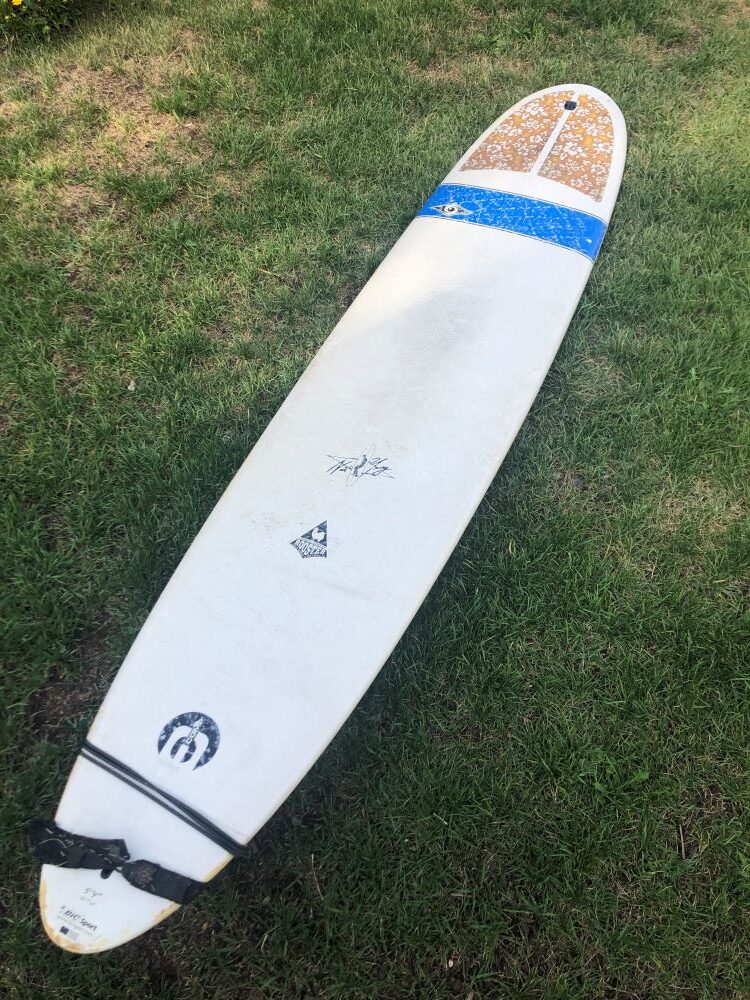
Epoxy surfboard lifespan
Epoxy surfboards should last between 10 and 15 years or more. In contrast to PU surfboards, epoxy surfboards are more durable, although usually more expensive. With good care, an epoxy surfboard is pretty indestructible. Although the sun does degrade over time, epoxy holds up much better than polyester resin.
Types of damage to an epoxy surfboard
An epoxy surfboard is more durable than a poly surfboard, so dings are not as prevalent. However, dings are still a worry with an epoxy surfboard, and can be repaired like a poly. Sometimes, epoxy surfboards are two pieces of the shell modeled together. The seam can begin to split.
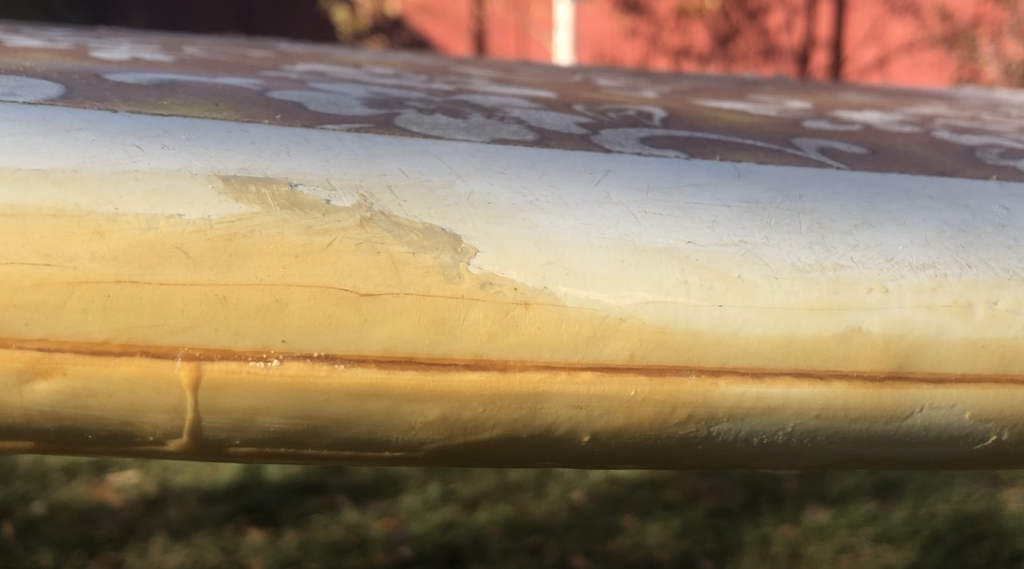
How to extend the lifespan of your surfboard?
- Keep your surfboard out of the sun when possible
- The sun’s UV rays degrade surfboards over time
- Invest in a board bag to protect your surfboard from dings
- No matter how careful you are, dings are inevitable over time
- This is especially important for fragile PU surfboards
- Repair dings before surfing again
- Get it professionally repaired if needed
- Let your surfboard dry for a long time if the foam core gets wet
- Rinse your surfboard with fresh water after each session
- Salt water will corrode any metal parts on your board
- Make sure you get the fin boxes and leash plug
Just like with anything, taking care of it will make it last longer. Surf gear is no different. Learn more about how to take care of your surf gear.
Heads up! Surfing is awesome but it can be dangerous! Learn more about how to stay safe and avoid dangers while surfing. If you are a beginner surfer, check out my other articles about surfing and my ultimate guide to learning how to surf.

![Best longboard surfboards [2023] – all skill levels surfer with surf hat](https://mindfulladventure.com/wp-content/uploads/2022/10/surf-hat-crop-1000-270x180.jpeg)




